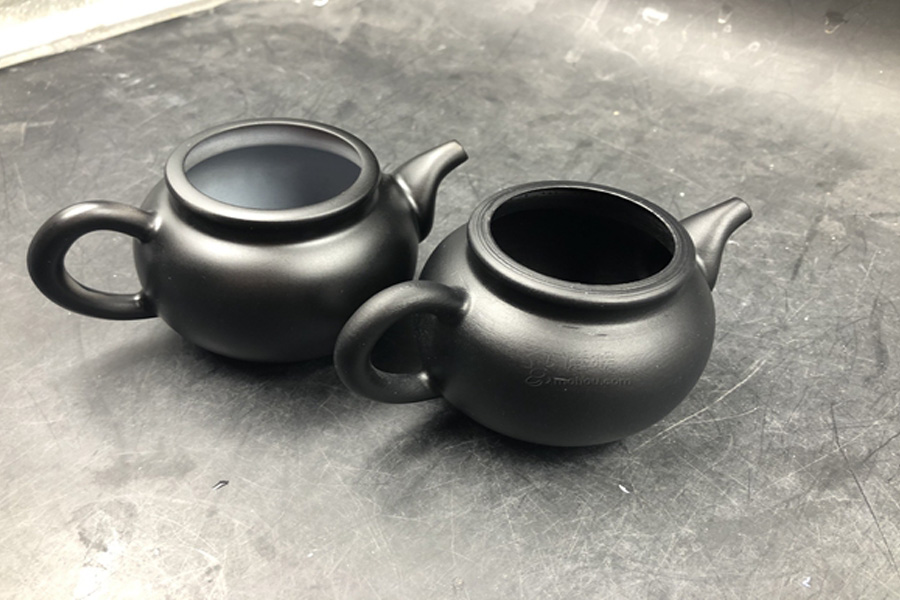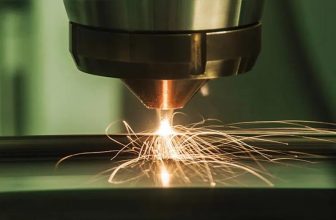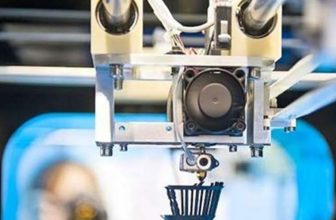
Many products produced by ordinary 3D printers are flawed, and the surface is usually rough, which will not achieve the results you want, and it may also cause some cost waste. Today I will talk about how to deal with this kind of problem.
- Sandpaper polishing:
Sandpaper is the most common sanding tool. It should be noted that some water should be added before sanding to prevent the material from being too hot and fluffing. Usually the table generally has (400/600/800/1000/1200/1500) the lower the label, the larger the sandpaper particles, and the printing sequence starts with the lower label, but because the surface flatness of the printed items is different, it is not necessary to completely Come in a fixed order. You can also go directly to 800 after 400 is used up, mainly according to the actual situation at the time.
- Acetone polishing:
Acetone can also dissolve the ABS material, so the ASB model can also be polished with acetone, mainly using acetone steam fumigation 3D model to complete the polishing. PLA materials cannot be polished with acetone. It should be noted that acetone is a harmful chemical substance. It is recommended to complete the operation in a well-ventilated environment and wearing safety equipment such as gas masks.
- PLA polishing liquid:
In fact, it is acrylic glue diluted with water, and the main component is mixed solvents such as chloroform or chlorinated alkane. The operation step is to put the polishing liquid into the operating vessel, and put the model on the base of the model with an iron wire or rope to soak in the vessel that has been added with the polishing liquid. The soaking time is not suitable for too long, about 8 seconds. Like acetone, PLA polishing fluid is also a toxic substance, and it is recommended to use it carefully.
- Surface sandblasting:
This is also a very common polishing method, and it can also ensure a smooth surface treatment. The operator holds the nozzle to polish the model. The principle is to use compressed air as the power, which has caused the high-speed jet beam to spray the material on the surface of the model to be polished. Sandblasting is faster than polishing. Regardless of the size of the model, the surface can be smoothed by sandblasting.
- Adhesive assembly:
Some models that are oversized and printed with multiple parts or disassembled parts often need to be glued. The best way to complete the bonding is to wipe the glue with dots at the time, and then fix it with a rubber band to reasonably promote a closer bonding. If you encounter gaps or roughness in the model during the bonding process, you can also use Bondo glue or filler to make it smooth.
- Color the model
Painting method:
The operation is relatively simple, and it is more suitable for small models or detailed parts of the model to color. In order to be able to spray the ideal effect, the test spray must be completed before the spray paint is completed, and the operation is checked to see if the concentration is suitable. It can also prevent the waste of resources reasonably. The spray paint method can also spray the paint evenly on the surface of the model, which greatly saves time.
Hand painting method:
It is more suitable for handling complex details. When coloring, you need to use “#” to apply two or three times, so that the strokes caused by hand-painting can be lightened and the color will be even and full. So that the paint can be more smoothly and evenly painted to complete the painting, you can also drop some of the same brand of solvent in the color palette to complete the dilution.





